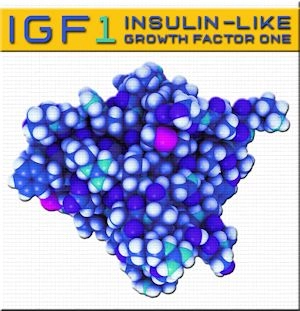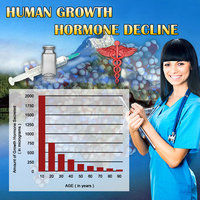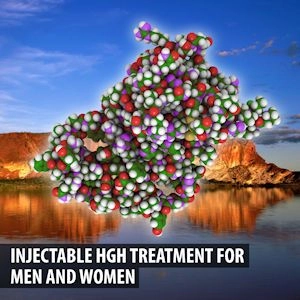Reading Time: 3 minutesIntroduction Late-onset hypogonadism (LOH), also known as age-related hypogonadism, is a clinical and biochemical syndrome characterized by a deficiency in serum testosterone levels in aging men. This condition can lead to a variety of symptoms, including reduced libido, erectile dysfunction, decreased muscle mass, increased body fat, and mood disturbances. In the United States, where the male population is increasingly aware of health and wellness, understanding the role of hormonal therapies in managing LOH is crucial. This article aims to provide a comparative analysis of different hormonal treatment modalities available to American men, focusing on their efficacy, side effects, and overall … Continue reading →













